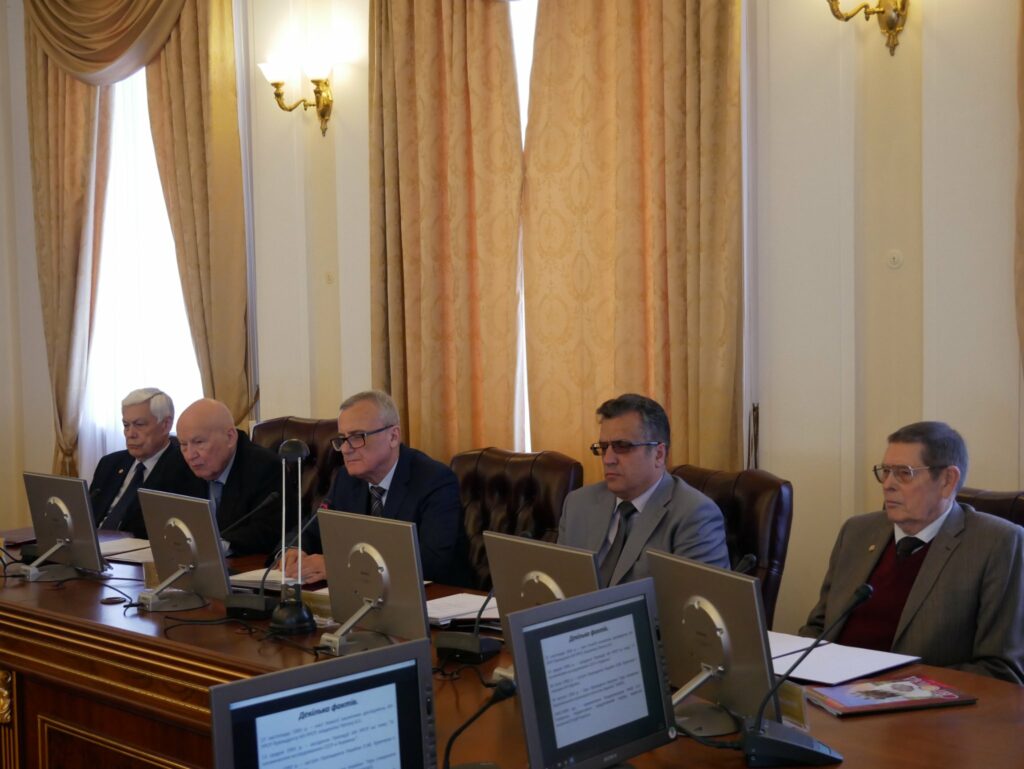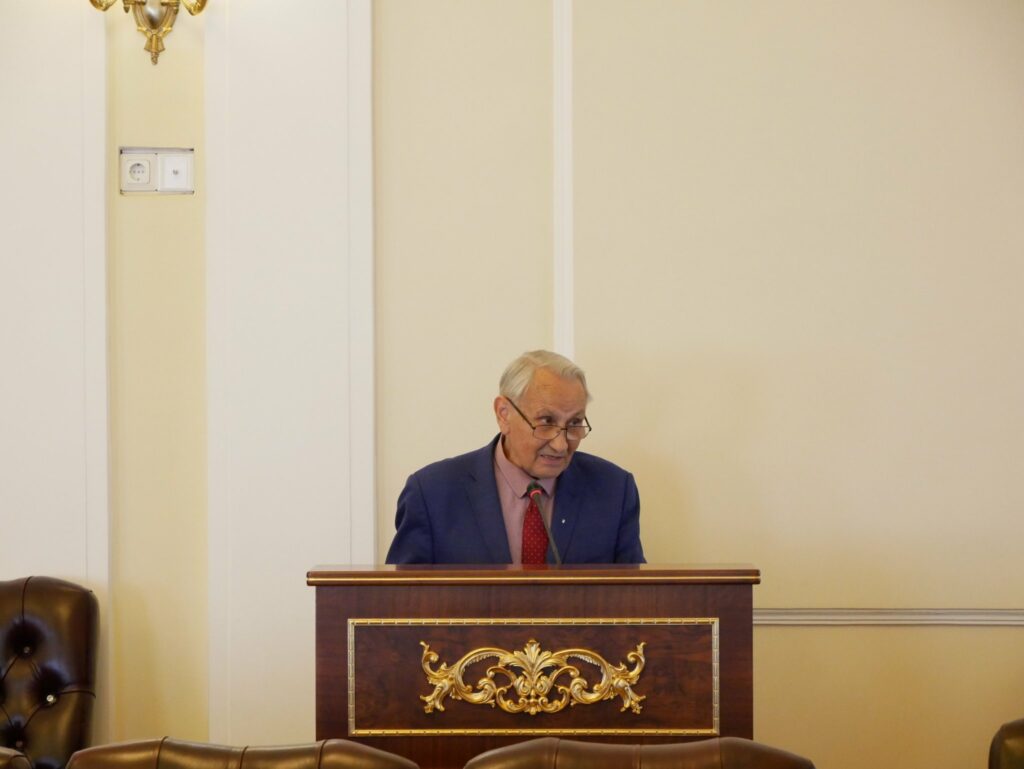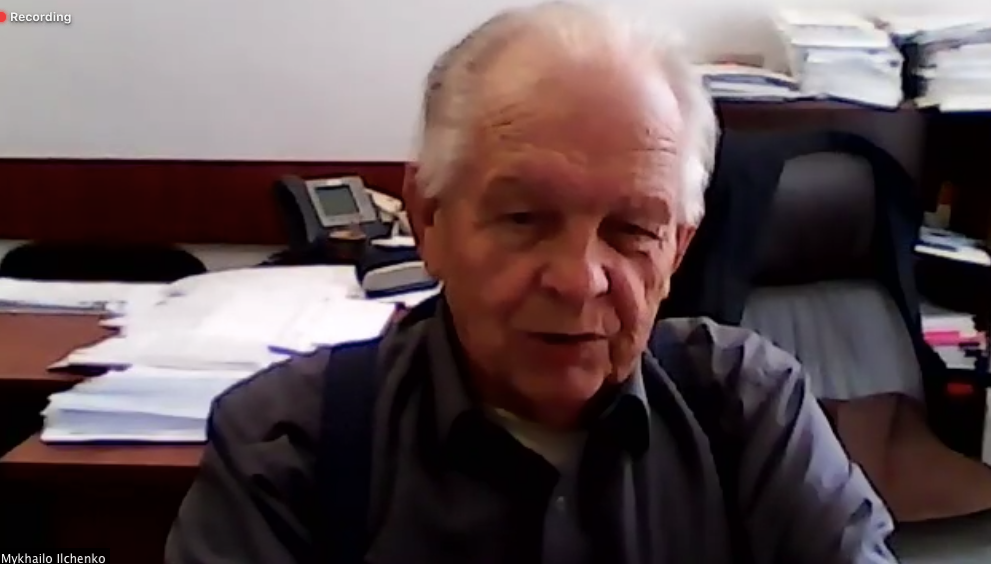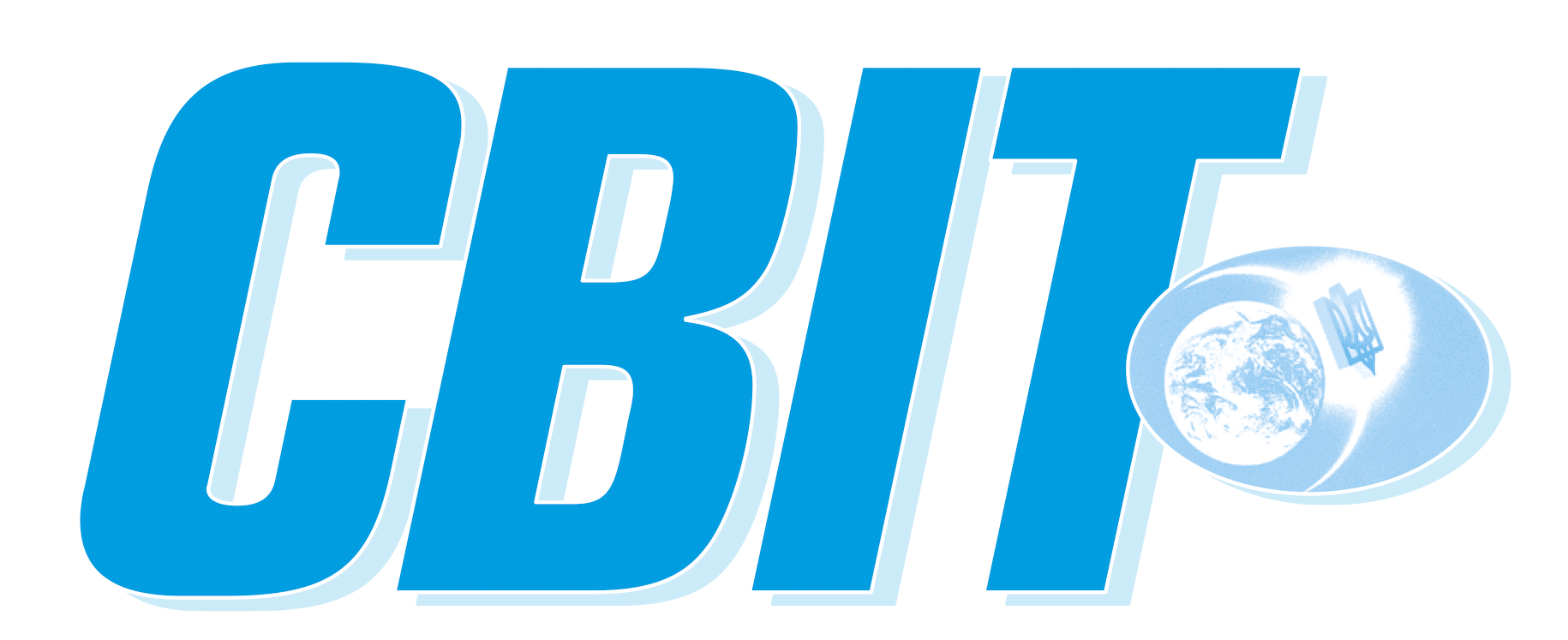Ukraine has ample traditions in scientific space research, our scientists carry out interesting and promising projects, but in fact, we need a national targeted space program. The meeting of the Presidium of the National Academy of Sciences of Ukraine discussed this and other issues.

Academician Yaroslav Yatskiv, Head of the Space Research Council at the National Academy of Sciences of Ukraine, reported on the state and prospects of the development of scientific space research in Ukraine.
– We must admit that the status of Ukraine as a space state has not yet been determined, – noted the academician. – Nowadays, this branch “belongs” to the Ministry of Strategic Industries. Since 2018 we do not have a national space program, meanwhile certain enterprises, for example, “Kosmos” association, successfully operate. However, a state cannot be a space state without such a program.
But there are successes against this sad background. According to Yaroslav Yatskiv, thanks to Borys Paton, the long-term President of the Academy, for a long time we have the Target Program of the National Academy of Sciences on scientific space research. It helped to preserve scientific teams, support centers of space science.
Noting that space research is a fairly broad and multifaceted field of activity, Yaroslav Yatskiv focused attention on the scientific space research of the National Academy of Sciences, which requires the creation of a scientific payload, in particular, the “Ionosat-Micro” and “Aerosol-UA” projects.
The coordinator of the first project is the Space Research Institute of the National Academy of Sciences and the State Space Agency of Ukraine. The goal of the project is to study dynamic processes in the Earth’s ionosphere, using coordinated space and ground measurements, to find the relationship between ionospheric disturbances and processes on the Sun, in the magnetosphere, atmosphere, and Earth’s inner shells. Besides, within its framework, a data collection system has been developed, which will accumulate and convey the data to the international community.

Another project on which Academician Yatskiv focused special attention is “Aerosol-UA”, whose purpose is to create a database based on continuous measurements of the polarization characteristics of aerosol and cloud particles and their global distribution in the Earth’s atmosphere over a long period. This database is needed for determining the temporal and spatial distribution of physical characteristics and chemical composition of tropospheric and stratospheric aerosols, as well as cloud particles in the Earth’s atmosphere and assessing their impact on weather, climate and degree of environmental pollution.
– “Aerosol-UA” is a very prestigious project for Ukraine, – noted Yaroslav Yatskiv. – After all, everyone on the planet is worried about climate change. I propose to involve the USA in the project in order to obtain funds for the manufacture of equipment and the launch of the satellite. Professor Roald Sagdeev from the University of Maryland agreed to be a co-supervisor together with me. We submit relevant projects to the US National Academy of Sciences.
Indeed, the vast majority of space research requires the launch of devices with observation and measuring equipment. “Within the capabilities of the National Academy of Sciences, we cannot make flight units, – stated Academician Yatskiv. – We hoped for the adoption of the national space program and involvement of one of the enterprises into the manufacture of flight items. Unfortunately, it did not happen.”
Yaroslav Yatskiv also mentioned some applied research conducted by the Academy. In particular, he noted that the National Academy of Sciences is the only institution in Ukraine that provides space control over Ukraine and monitors 500 objects in various orbits. Another work started at the National Academy of Sciences is the Ukrainian permanent system of global navigation satellite systems.
In addition, Yaroslav Yatskiv reminded that Ukraine has joined the NASA “Artemis” lunar program, but admitted that, globally, Ukrainian science is not ready for this. However, some institutes of the National Academy of Sciences, in particular the E.O. Paton Institute of Electric Welding, the Institute of Radio Astronomy, the Main Astronomical Observatory are already able to contribute to this project.
Roald Sagdeev continued Yaroslav Yatskiv’s story about the development of research on the role of aerosols in the Earth’s atmosphere. In particular, he expressed his hope that the experiment, which is proposed to be included in the space program of Ukraine, will initiate regular international monitoring of the role of aerosols in the Earth’s heat balance in order to predict the climate evolution on the planet.
The world’s first satellite communication systems, space vehicles power were developed with the participation of the National Technical University of Ukraine “Igor Sikorsky KPI”, as well as the implementation of the “Energy – Buran” large project. Academician of the National Academy of Sciences, Mykhaylo Ilchenko, the President of the KPI Scientific Council, reminded about it. For the past 30 years, the University has continued space activities, created a unique material base for space technology research.

– The creation of satellites at our University is based on the principles of the “Sikorskychallenge” innovation ecosystem – it is a combination of original engineering and technical achievements of scientific schools, interaction with innovation-oriented business, – Mykhaylo Ilchenko said. – This is the use of the capabilities of the “Kyiv Polytechnic” innovation and production association with the participation of seven leading enterprises of the SE “Ukroboronprom” and the State Space Agency. We also closely cooperate with the Space Research Council of the National Academy of Sciences.
In 2014, when the first University nanosatellite was launched into the orbit, the Scientific Council of KPI officially declared the University’s space program, which aims to create, launch and research small spacecraft, as well as design, implement satellite communications projects, develop and implement components and devices of various functional purposes.
– Our PolyITAN-1 nanosatellite is in the orbit for eight years, – Mykhaylo Ilchenko added. – After the war beginning, communication with it is temporarily disabled, but the apparatus has been functioning for almost eight years. This is a world record for devices of this class. Another satellite, PolyITAN-2, was launched within the framework of a joint project with 38 universities around the world.
According to Academician Ilchenko, today KPI works on several important projects, one of them is the creation of the Polyitan-3PUT nanosatellite. It is performed jointly with the colleagues from the Poznań University of Technology. The feature and functionality of this device is to monitor the condition of the land infrastructure: railways, pipelines, fields. Another project is the PolyITAN-12U nanosatellite, which is intended for remote sensing of the Earth with medium spatial resolution. The Ministry of Education and Science and the State Space Agency fund it. The functionality of this device is remote sensing of the Earth. Its resolution is 2–4 meters. Currently we work on a flight model of the device.
However, not by satellites alone. Mykhaylo Yatskiv reminded that on October 3, 2018, a landing module landed on an asteroid within the framework of the international project. KPI took part in the development of the thermoregulation system of this module.
Director of the Institute of Space Research of the National Academy of Sciences of Ukraine and the State Space Agency of Ukraine, associate member of the National Academy of Sciences Oleg Fedorov, spoke about the need to develop a future strategy for space activities and space research as such.
– We have a policy of the National Academy of Sciences, which objectively needs to be continued, – he noted. – Now we are going through a critical moment that requires a rethinking of all activities in this sphere. This is a message from both the government and the Ministry of Strategy and Industry regarding the need to create a Strategy for Space Activities of Ukraine. We do not have a program, that is, there is neither money, nor the ideology of the development of space research at the state level. We have separate programs of the NAS, KPI, DB “Pivdenne”, etc. It’s time to determine whether we restore the previous model of space exploration or create a new one.
Director of the Institute of Technical Mechanics of the National Academy of Sciences of Ukraine and SSA of Ukraine, Academician of the National Academy of Sciences of Ukraine Oleg Pylypenko spoke about the work of the Academy within the framework of the general agreement with the SE M.K. Yangel Design Bureau “Pivdenne”. The Coordinating Council for the execution of these works meets twice a year, and the heads of working groups responsible for specific areas report on the results obtained in the previous period and their use in the DB “Pivdenne”.
Academician Pylypenko also gave specific examples of developments carried out by specialists of the Design Bureau at the Institute of Technical Mechanics. Thus, during the development of the “Zyklon-4M” launch vehicle, an analysis of its regenerative stability was carried out. To ensure longitudinal stability, it was proposed to install special devices in the oxidizer feed line at the input of each of the four rocket engines of the first-stage propulsion system.
Besides, the Institute of Technical Mechanics developed a method for diagnosing rarefied magnetized plasma and a complex of scientific equipment for monitoring the state of the Earth’s ionosphere. This method is adapted to the operating conditions of the institute’s on-board scientific equipment complex installed on the Ukrainian satellite “Sich-2-30”.
The Head of the Design and Construction Bureau of Space Vehicles of the M.K. Yangel DB “Pivdenne”, Kostiantyn Bilousov spoke about the joint work with the NAS. In particular, the Design Bureau has developed its own promising space platform for the Aerosol-UA project, which can be used not only for scientific research, but also for other tasks. – In addition, DB “Pivdenne”, being in the trend of world space science, proposed satellites to the draft space program that can be used to study the Moon, as well as several platforms that can deliver a payload to the orbit, – added Kostiantyn Bilousov.
The President of the National Academy of Sciences, Academician Anatoliy Zagorodniy concluded that the level of activity in research and use of outer space has decreased in Ukraine in recent years. Today, the National Academy of Sciences is almost the only institution that has a targeted program on scientific space research. “We will continue to support this activity, – assured Anatoliy Zagorodniy. – We understand that, on the one hand, the war significantly complicates scientific work, and on the other hand, our scientists who have gone abroad, and those who work in Ukraine and have extensive international connections, can use opportunities to expand international cooperation in order to improve the state of affairs in scientific space research.
The meeting participants repeatedly emphasized that scientific space research, together with the solution of fundamental and applied problems that arise in the development of modern models of rocket and space technology, can be one of the priority tasks of the National Academy of Sciences both today and in the post-war period.
Prepared by Dmytro SHULIKIN
The photo taken from the website of the National Academy of Sciences
